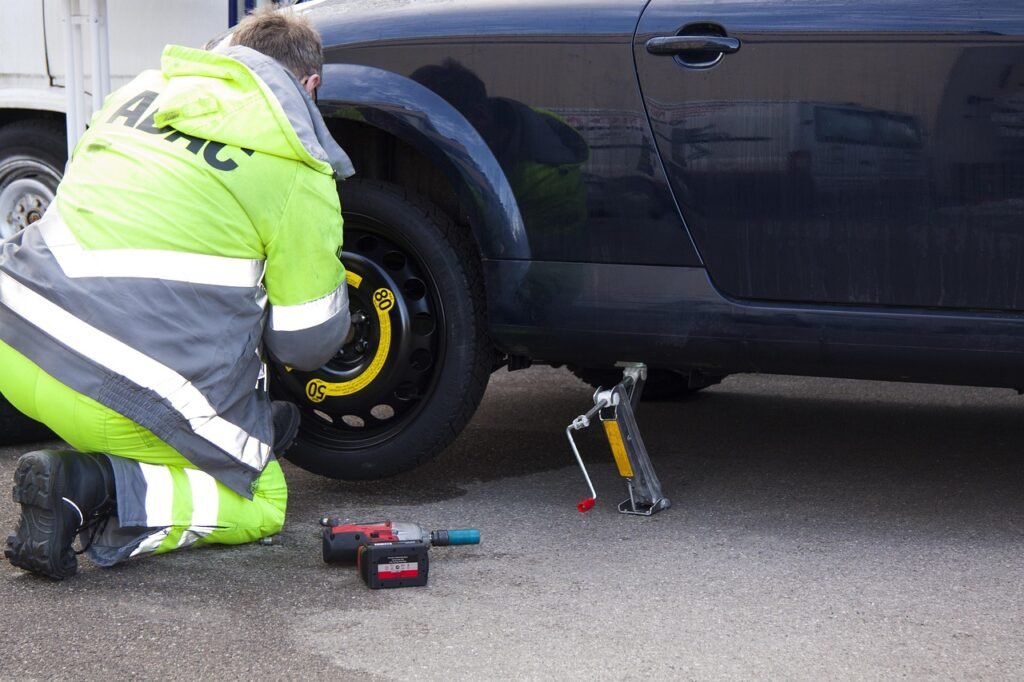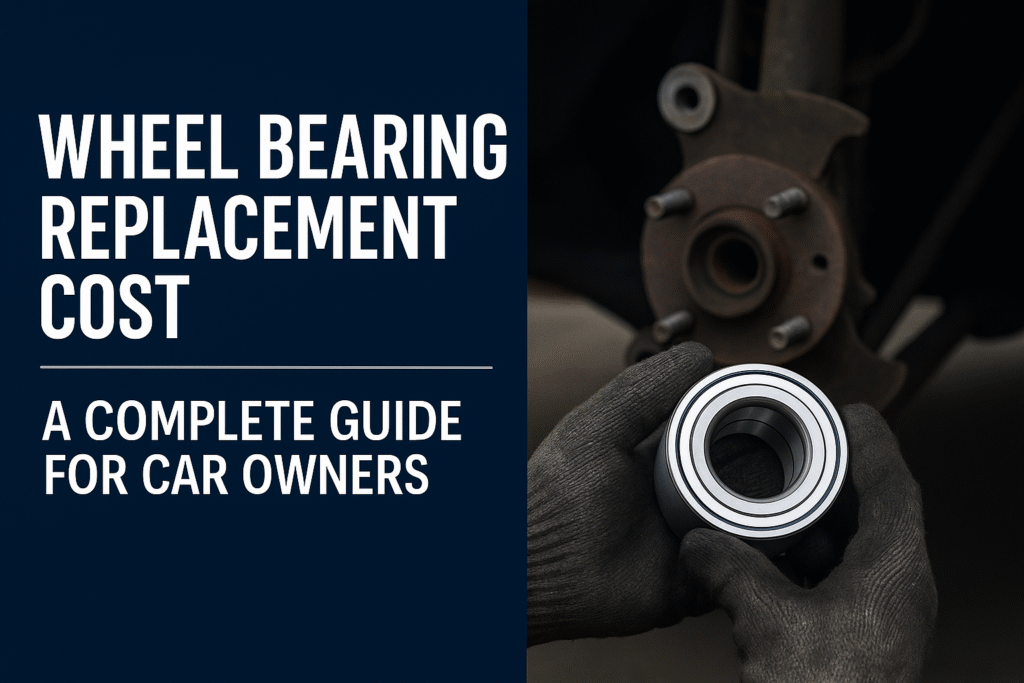The quick answer
Wandering how long does a car battery lasts? Most car batteries last 3 to 5 years. In hot states like AZ, NV, TX, and FL, many fail closer to 2 to 3 years. Start-stop vehicles using EFB or AGM batteries often reach 4 to 6 years. High-quality 12-volt lithium replacements can go 8 to 10+ years with.
Why this matters
Your 12-volt battery powers the starter, fuel pump, ECU, lights, and safety systems. When it fades, you see slow cranks, dim lights, glitchy screens, then a no-start. Knowing the real lifespan helps you plan replacement before a roadside surprise.
Average lifespan by battery type
| Battery type | Typical lifespan | Where it’s used | Notes |
|---|---|---|---|
| Flooded lead-acid | 3 to 5 years | Most non–start-stop cars | Lowest cost, needs consistent charging |
| EFB (Enhanced Flooded) | 4 to 6 years | Mild start-stop systems | Better cycling than flooded |
| AGM (Absorbent Glass Mat) | 4 to 6 years | Start-stop, higher electrical load | Resists vibration and deep cycling better |
| 12-V Lithium (LiFePO₄) | 8 to 10+ years | Aftermarket upgrades, some specialty uses | Long life, light weight, higher cost |
These ranges reflect major guidance on average battery life, with lead-acid around 3 to 5 years, EFB/AGM 4 to 6 years, and lithium the longest when managed correctly.
What shortens battery life
Heat
Heat is the number one killer. High temperatures speed up internal corrosion and evaporate electrolyte, which accelerates aging. A simple reality in the hot regions see shorter lifespans than cooler regions.
Rule of thumb for sealed lead-acid: every ~15°F (8°C) rise in temperature can cut service life roughly in half.
Short trips and undercharge
Lots of short trips do not give the alternator time to recharge the battery. That keeps it at a partial state of charge, which promotes sulfation and capacity loss over time. A weekly longer drive helps keep charge healthy.
Vibration and mounting
Rough roads and loose hold-downs increase internal shedding. AGM designs resist vibration better than conventional flooded batteries.
High electrical load
Dash cams, big audio, heated seats, and always-on accessories increase draw. If charging time is short, the battery lives at a lower state of charge and ages faster.
Charging out of spec
Charging that does not account for temperature can shorten life. Smart, temperature-compensated charging improves longevity.
Climate impact: where you live changes the answer
- Hot and sunny (Phoenix, Las Vegas, Miami, Houston): Expect ~2 to 3 years. Park in shade or a garage when possible. Batteries in southern states last, on average, well under those in cooler states.
- Seasonal with milder summers (Chicago, Boston, Seattle): 4 to 5+ years is common with regular driving and charging.
- Very cold winters (Minneapolis, Detroit, Buffalo): Cold hurts cranking power on the day, but heat still drives long-term wear. Keep the battery fully charged and tested before deep winter.
Signs your battery is wearing out
- Slow engine crank, especially first start of the day
- Clicking from the starter, dim headlights at idle
- Random infotainment resets or warning lights
- Strong sulfur smell after charging
- Age 3+ years with any of the above
Most parts stores offer free battery testing. Take advantage before a long trip or a season change.
Maintenance that actually works
Test yearly after age three. Add a battery test to routine service. If cranking amps are below spec, plan a replacement.
Park smart. Shade or a garage in hot states slows heat damage.
Secure the hold-down. Less vibration means longer life. AGM helps where roads are rough or the vehicle sees frequent bumps.
Keep terminals clean. Brush off corrosion and use terminal protectant to reduce resistance.
Drive long enough to recharge. If you mostly do short hops, take a 20 to 30 minute highway drive weekly. This helps avoid chronic undercharge.
Use a smart maintainer for storage. A quality maintainer keeps the battery topped without overcharging. Good for airport parking, winter storage, or a second car.
For start-stop vehicles: Replace like-for-like. If your vehicle shipped with EFB or AGM, do not downgrade to a basic flooded battery. Start-stop demands deeper cycling and higher resilience.
Technical tip: Temperature-compensated charging (about -3 mV per cell per °C rise) can extend lead-acid life. Most smart chargers handle this automatically.
Interesting read: Why Is My Car Shaking?
When to replace a car battery
Quick rule
At 3 to 5 years, start testing more often and plan to replace at the first signs of weakness. If you live in a hot state or park outdoors, plan earlier.
Simple DIY checks
- Resting voltage: 12.6 V is full. Around 12.2 V is roughly 50 percent. Under 12.0 V is very low.
- Crank behavior: Slow cranking or repeated clicks means trouble.
- Load test: The gold standard. If measured CCA falls under the label rating, replacement is due.
Match the right battery
- Use the correct BCI group size and terminal layout for your vehicle.
- If your car uses EFB/AGM, replace with EFB/AGM or better.
- Check warranty and pro-rated coverage, but do not stretch a failing battery to “use up” a warranty in extreme heat.
Real-world examples
- Phoenix daily driver: Outdoor parking and 105°F summers. Even a premium flooded battery may last 2 to 3 years. Consider AGM for better heat and vibration resistance, park in shade, and test before summer road trips.
- Seattle hybrid owner: Mild climate with mixed highway trips. 4 to 5+ years is realistic with routine testing after year three.
- Chicago weekend car: Lots of short trips plus winter storage. Use a maintainer, take a weekly 30-minute drive when possible, and test before the first deep freeze.
The science in one minute
Lead-acid batteries age through grid corrosion, active material shedding, sulfation, and electrolyte loss. Heat speeds all of this. Partial-state-of-charge use (short trips, high load, little charging time) promotes sulfation and lost capacity. Smart, temperature-aware charging reduces stress and can extend life.
FAQs
Is 4 years old battery too old?
Often yes. Many failures happen between 3 and 5 years. Get a free load test before summer heat or winter cold. Replace at the first sign of weakness.
Can I install a cheaper flooded battery in my start-stop car?
Avoid it. Start-stop systems need EFB or AGM to handle frequent restarts and deeper cycling. Downgrading shortens life and can create electrical issues.
Do AGM batteries last longer than flooded?
They often last longer in tough conditions because they resist vibration and tolerate deeper cycling. In gentle use, the gap narrows. Choose based on your vehicle’s needs and climate.
What single habit extends battery life the most?
Keep it cool and fully charged. Park in shade or a garage, avoid constant short trips, and use a maintainer if the car sits for weeks.



